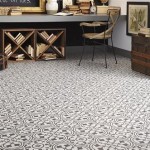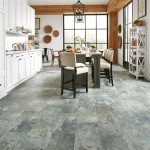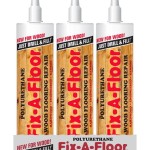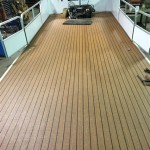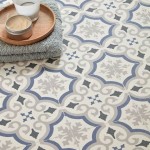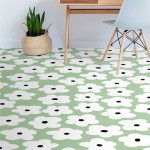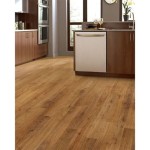Scratches on hardwood floors can be a problem in any home. Whether they’re caused by children, pets, furniture, or even shoes, they can make your once-beautiful hardwood floor look worn and aged. Fortunately, there are several ways to repair scratches in hardwood floors, so you can keep your floors looking beautiful for years to come.
Identifying the Type of Scratch
Before you can begin repairing a scratch in your hardwood floor, you first need to identify the type of scratch. There are two types of scratches that can occur on hardwood floors: surface scratches and deep scratches. Surface scratches are usually caused by everyday wear and tear, and are relatively easy to repair. Deep scratches, however, can be more difficult to repair, as they often require sanding and refinishing.
Repairing Surface Scratches
Surface scratches on hardwood floors can usually be repaired without sanding or refinishing. The best way to repair surface scratches is to use a wood filler product. These products come in various colors and are designed to match the color of your hardwood floor. Make sure to read the instructions carefully before applying the wood filler, as improper use can cause more damage to the floor.
Once the wood filler is dry, you can use a cloth or soft brush to lightly buff the area. This will help to blend the wood filler in with the surrounding hardwood floor and make it less noticeable. For added protection, you can also apply a layer of polyurethane over the repaired area.
Repairing Deep Scratches
Deep scratches in hardwood floors are more difficult to repair and may require sanding and refinishing. If the scratch is not too deep, you may be able to repair it with a wood filler product, but it is best to consult a professional before attempting this. If the scratch is too deep, you may need to sand the area and refinish it with a new coat of finish.
If you decide to sand and refinish the area yourself, make sure to use the proper tools and techniques. Be sure to wear protective gear, such as a dust mask and safety glasses, and take the time to sand and refinish the area properly. After refinishing, you can apply a new coat of polyurethane to protect the area from further damage.
Preventing Future Damage
Once you’ve repaired the scratches in your hardwood floor, it’s important to take steps to prevent further damage. Make sure to use protective mats and rugs in high-traffic areas, and replace furniture pads when they become worn. You should also avoid dragging furniture across the floor and use felt protectors on the legs of chairs and tables.
By following these tips, you can help keep your hardwood floors looking beautiful and damage-free. With a little bit of care and maintenance, your hardwood floor will remain in top condition for many years to come.








![]()






Related Posts


